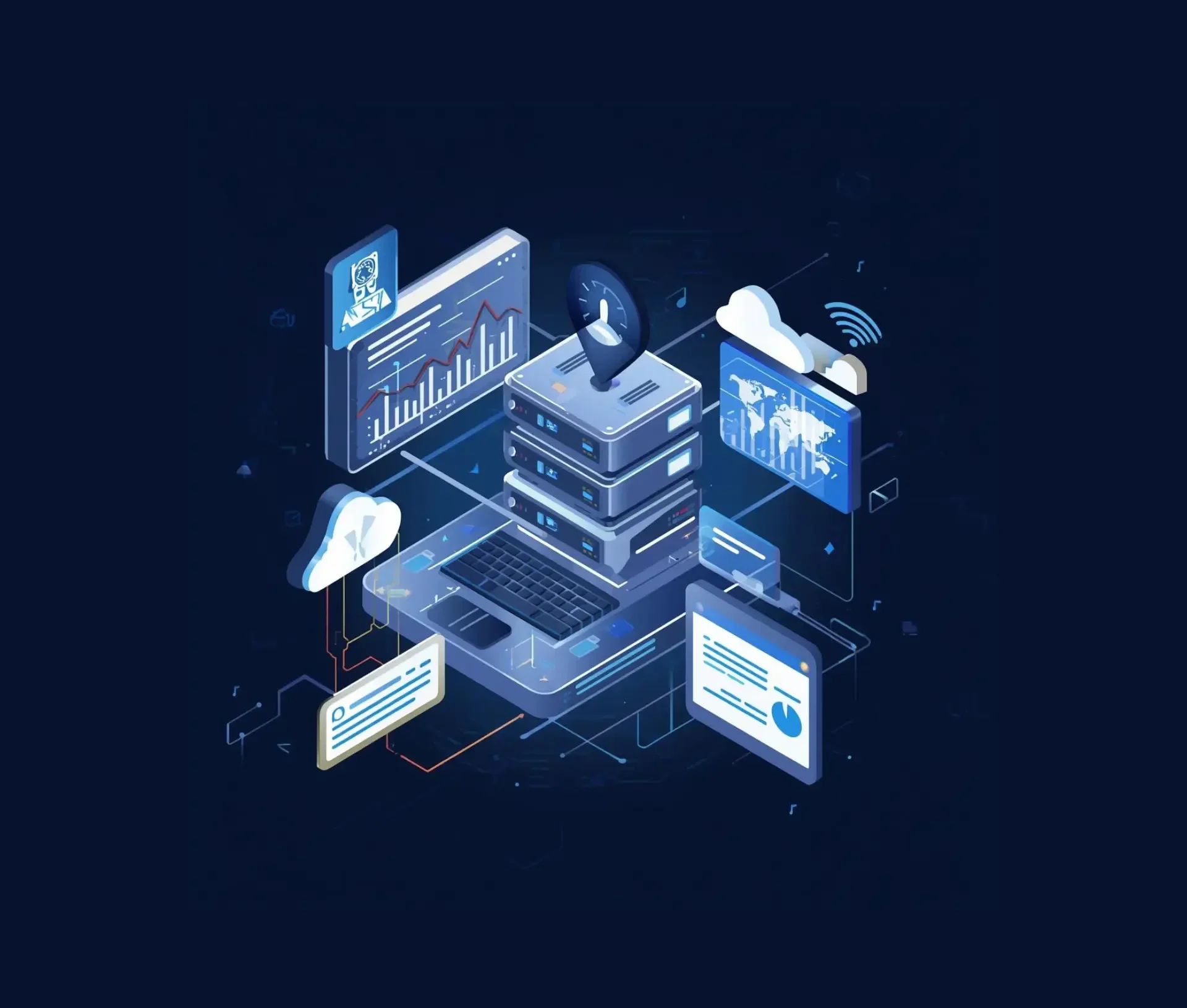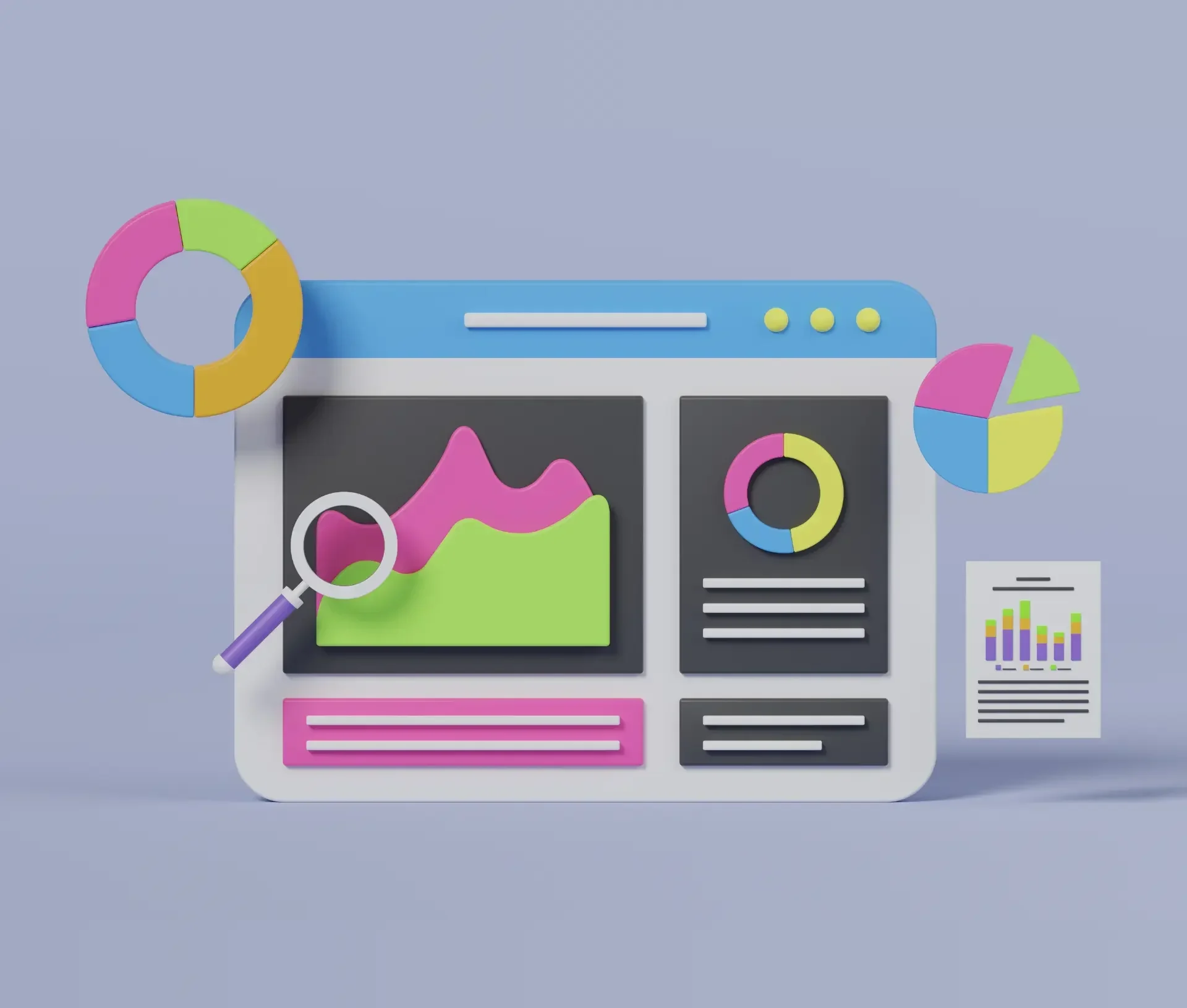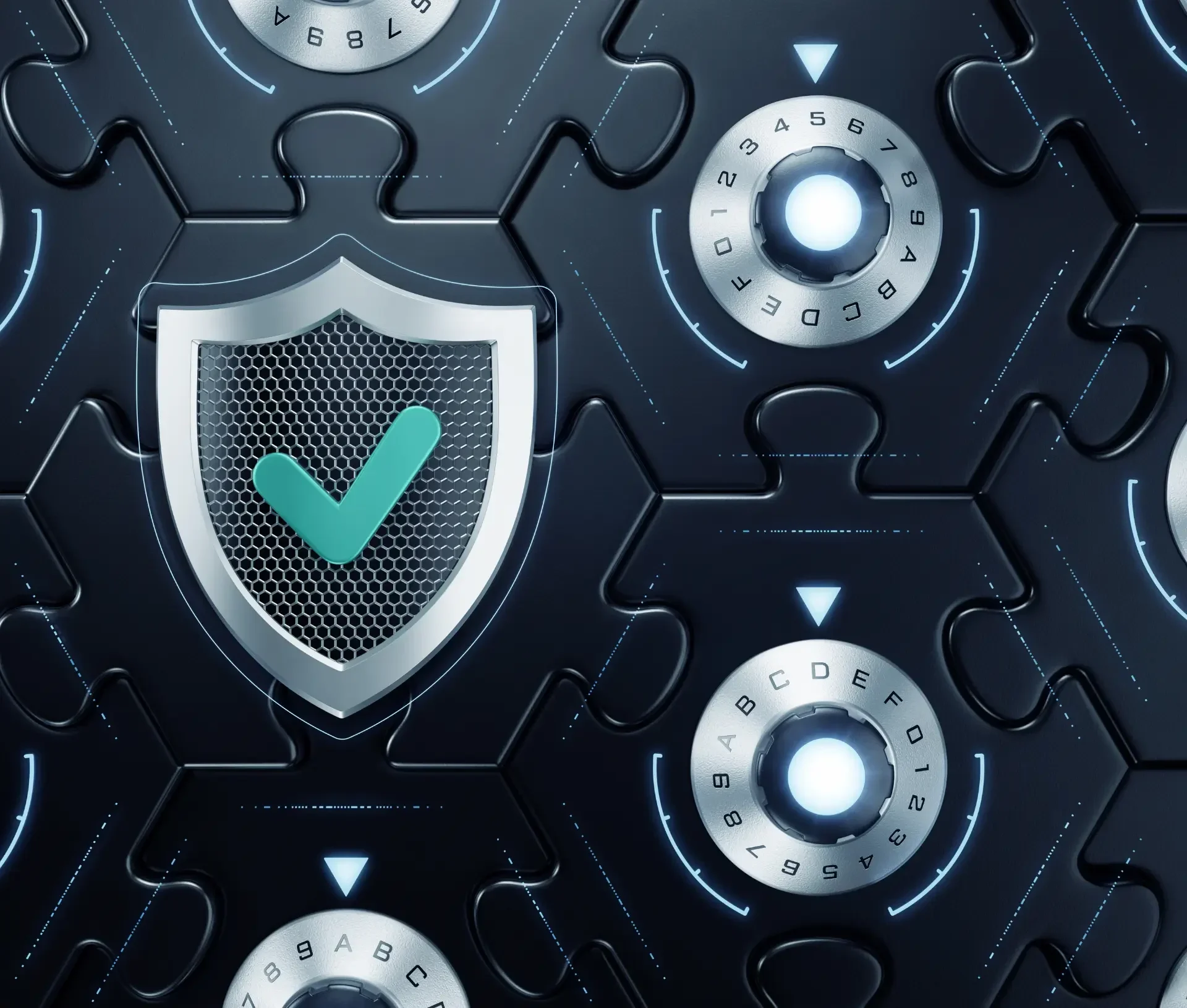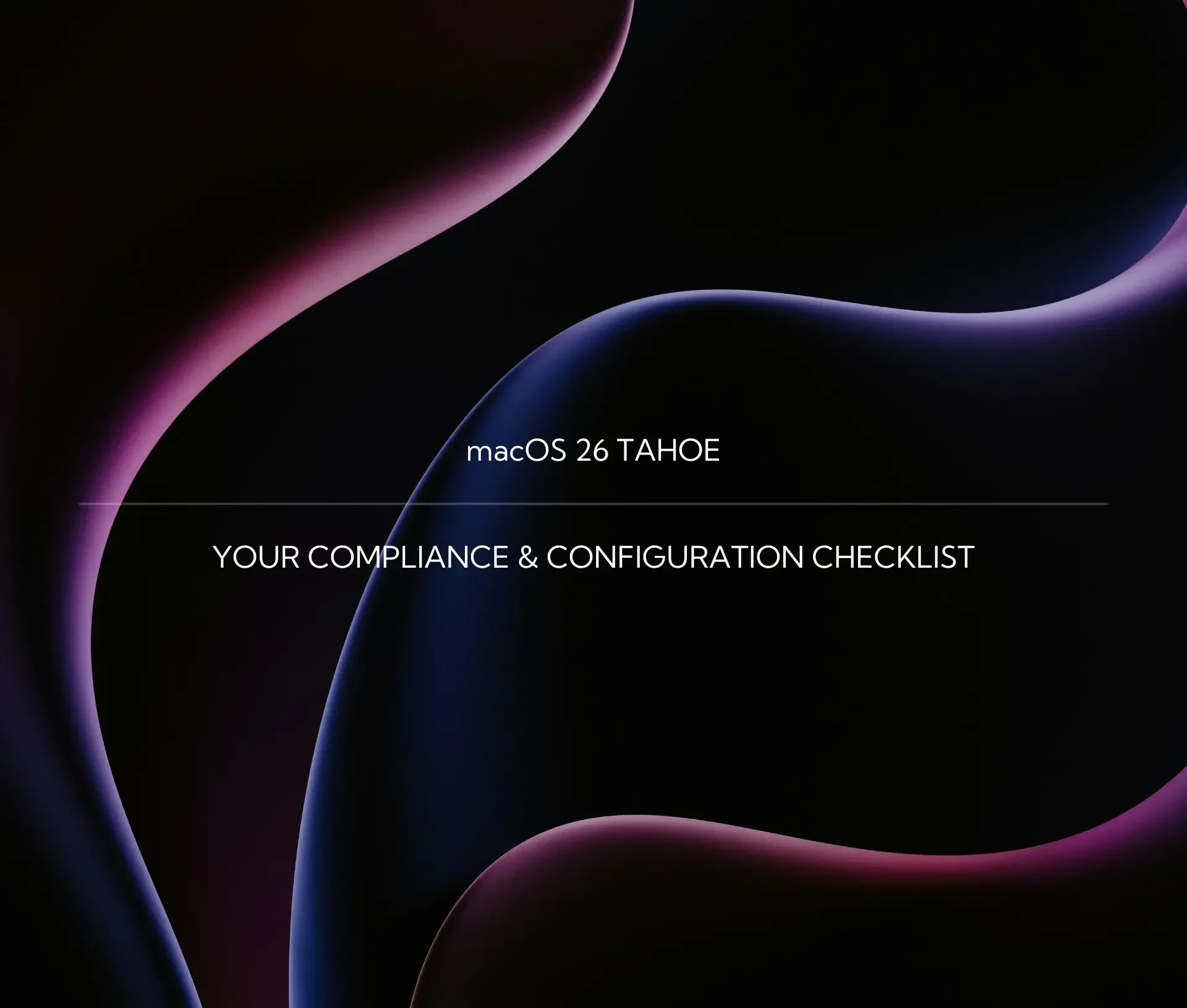Every IT leader has a great IT roadmap, but turning that plan into measurable business results is where most strategies stall.
The Problem: The gap between the strategy on paper and real-world execution.
The Solution: This article shows you how to bridge that gap by shifting focus from planning to IT strategy execution, transforming your vision into tangible business impact.
Why Execution Is Where Most IT Strategies Fail
It’s easy to get lost in the high-level architecture diagrams and budget spreadsheets. But a plan on paper isn’t a plan in motion. The most common obstacles aren’t technical; they’re operational and cultural.
Common Pitfalls That Derail IT Execution
- Lack of Clear Ownership: The roadmap is a team effort, but who is accountable for driving specific milestones? Without clear owners and defined success metrics, projects drift.
- Poor Business Alignment: If your IT goals don’t directly feed into the company’s financial or operational KPIs, they’ll be seen as an expensive overhead, not a strategic lever.
- The “Fire-Fighting” Trap: Reactive issues, the daily support tickets, the unexpected downtime often devour the time intended for proactive, strategic projects. Your team gets stuck patching problems instead of building the future.
The difference is simple: a “plan on paper” is a document; a “plan in motion” is a continuous, measurable set of actions that generates value for the business every quarter.
Turning Strategy into Actionable Projects
A three-year roadmap is daunting. To operationalise your IT strategy, you must break down those big goals into smaller, measurable, and achievable deliverables.
Break Down the Strategy
Think of your roadmap as a mountain range. You don’t climb it all at once; you tackle one peak at a time.
- Decompose Goals: Break down large, complex initiatives (e.g., “Adopt a Zero Trust security model”) into quarterly projects (e.g., “Implement multi-factor authentication across all SaaS platforms”).
- Align with Business KPIs: Every IT milestone should connect to a core business objective. Migrating to the cloud isn’t just a technical task; it enables faster remote collaboration and supports international expansion. That’s the language your stakeholders understand.
- Use Value Mapping: Focus your resources where they deliver the most tangible value. Frameworks like OKRs (Objectives and Key Results) can provide the discipline needed to ensure IT work is constantly tied to a clear, measurable business outcome.
Tracking and Communicating IT Impact
The perception of IT often lags behind the reality. To secure budget and buy-in, you must proactively measure and communicate the strategic value you are delivering.
Measuring ROI Beyond Cost Savings
IT’s impact is much more than simply reducing hardware costs. Start measuring:
- User Productivity: Track the reduction in helpdesk tickets or the increase in user uptime following system improvements. This is a direct measure of efficiency.
- Compliance Posture: Quantify the reduction in security risks or the successful achievement of new regulatory certifications.
- Operational Resilience: Measure the time it takes to recover from a minor incident, demonstrating the stability and reliability of your environment.
Communicating Success to Non-Technical Stakeholders
Stop speaking in acronyms. When you report to the CxO suite, focus on business outcomes. Instead of saying “We completed the Exchange to O365 migration,” say, “We completed the O365 deployment, which has reduced email downtime by 99% and saved 50 hours of lost productivity per month.” This communication builds trust and reinforces IT as a value-driving partner.
Partnering for Delivery
Bringing an ambitious IT roadmap to life demands diverse skills, consistent attention, and the ability to scale resources on demand. This is often more than an internal team can handle alone.
Why ITaaS Partners Accelerate Execution
Engaging an IT as a Service (ITaaS) partner is the ultimate shortcut to effective IT strategy execution.
- Immediate Expertise and Tooling: You gain instant access to specialists in cyber security, cloud architecture, and automation skills that are otherwise expensive and hard to recruit.
- Dedicated Focus: We handle the day-to-day proactive monitoring and maintenance, removing the “fire-fighting” burden from your in-house team, freeing them to focus on the strategic projects you need them to deliver.
- Hybrid Environment Expertise: For businesses running Apple and Windows, an expert partner like Dr Logic ensures your strategy is built on a foundation that accommodates both seamlessly and securely. We provide the accountability and practical delivery engine to keep your plans moving forward.
Turn your roadmap into results. Partner with experts who can deliver measurable impact.
Actionable Takeaways
- Focus on the Quarterly Win: Decompose big goals into quarterly, measurable projects with clear owners.
- Lead with Business Outcomes: Frame all IT updates in terms of their impact on productivity, revenue, or risk reduction, not just technical completion.
- Secure Delivery Power: Use an ITaaS partner to provide the reliable, proactive support and specialist knowledge needed to keep your strategic projects on track.
Make your IT strategy a success story.
Talk to Dr Logic about strategic IT delivery.
Related Articles
- The IT Leader’s Guide to Sustainable Growth: Green Tech and Energy Efficiency
- Bridging the Gap Between IT and Finance: Turning IT Spend into Business Value
- What to Expect from a Quarterly IT Review: Agenda, Metrics & Strategic Outlook
FAQs
What are the biggest barriers to IT strategy execution?
They are usually non-technical: lack of clear ownership, the “fire-fighting” trap (reactive work diverting time), and poor communication that fails to link IT goals to business value.
How can I better align my IT roadmap with business KPIs?
Decompose long-term goals into quarterly, measurable projects. Define every project by its business impact (eg. productivity gain, risk reduction), not just technical completion.
What is Value Mapping, and how can IT use it?
Value Mapping visually quantifies project value against effort/cost. IT uses it to prioritise spending, focusing resources on high-impact, low-effort “quick wins” and justifying the high-impact strategic investments.
How does an ITaaS partner help execute our IT stategy?
An ITaaS partner is your execution engine. We handle proactive monitoring and maintenance, freeing your team for strategy. You gain instant access to specialists and accountability to keep your roadmap on track and delivering impact.


















































